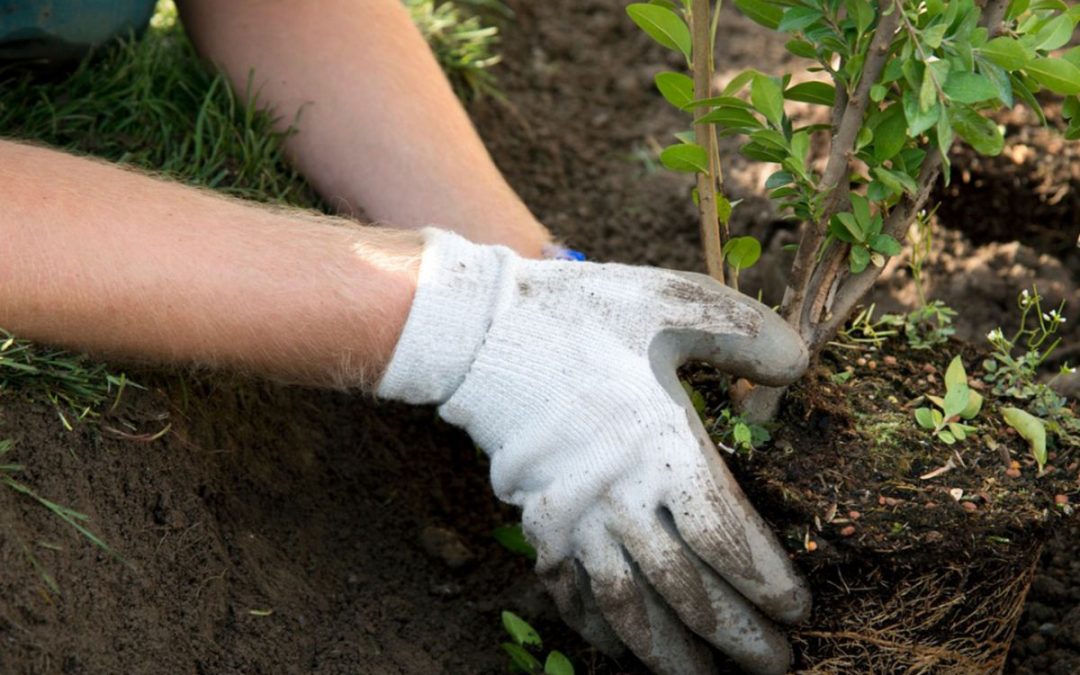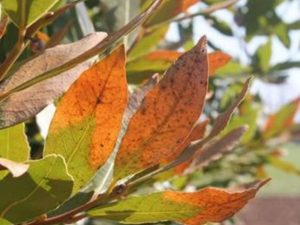Once you’ve finally found the perfect spot for your tree, the last thing you want to do is have to move it. But sometimes, transplanting is necessary. Whether you’re moving to a new home or your tree has outgrown its current location, transplanting can be stressful—for you and your tree. Luckily, there are some things you can do to increase the chances of your tree surviving the move. Many people worry that transplanting a tree will kill it. But with the right care, you can actually increase the tree’s chance of survival. Here are four tips on how to keep a tree alive after transplant.
Table of Contents
1. Prepare the new site before you transplant the tree.
Why Site Preparation Is Important
When you transplant a tree, you’re essentially moving it from one location to another. This can be a big shock to the tree, and it’s important to do everything you can to minimize the stress of the move. One of the best ways to do this is by preparing the new site before you transplant the tree.
Site preparation involves a number of different activities, all of which are designed to help the tree transition to its new location. For example, you’ll need to loosen the soil around the tree so that its roots can spread out and establish themselves in the new location. You’ll also need to prune away any dead or damaged branches, and water the tree regularly during its first growing season in its new home.
All of these activities are important, but they won’t matter if you don’t prepare the new site before you transplant the tree. If you transplanted the tree first and then tried to do all of this afterward, it would be much more difficult—and in some cases, impossible—to get the tree established in its new location.
 2. Water the tree regularly.
2. Water the tree regularly.
A tree is a big investment. Not only do they provide curb appeal to your home, but they can also increase your property value. Trees can live for decades with the proper care, which includes regular watering. Depending on the type of tree, it may need more or less water, but all trees need some water to survive.
How Much Water Does a Tree Need?
The first step in properly watering your tree is to know how much water it needs. This will depend on the type of tree and the climate it is in. For example, a desert mesquite tree needs very little water to survive; however, an oak tree needs quite a bit of water. The average large tree will need 10-20 gallons of water per week.
Another important factor to consider is the climate. If you live in an area that gets a lot of rain, your trees may not need as much supplemental watering as those in a drier climate. Additionally, trees in windy areas may need more water because they are more susceptible to drought stress.
When to Water Your Tree
The best time to water your tree is early in the morning before the sun comes up. This allows the tree to absorb the water before evaporation occurs. If you water your tree in the evening, there is a greater chance that diseases will develop because the leaves will stay wet overnight.
How to Water Your Tree
It is best to use a soaker hose or drip irrigation when watering your tree. This allows the water to slowly seep into the ground around the roots instead of running off and wasting water. If you must use a sprinkler, make sure to turn it on for shorter periods of time so that the roots have time to absorb the moisture before it evaporates.
3. Mulch around the base of the tree.
Mulching around the base of your trees has many benefits. It helps to protect the roots, keeps the soil moist, prevents weeds from growing, and can even add nutrients to the soil. In this blog post, we’ll take a look at each of these benefits in more detail.
The Importance of Root Protection
The roots of a tree are its lifeblood. They absorb water and nutrients from the soil, anchor the tree in place, and store energy for growth. Unfortunately, tree roots are also very sensitive to changes in temperature and moisture levels. This means that they can be damaged easily by severe weather conditions, such as storms and floods. By mulching around the base of your tree, you can help to protect its roots from these weather extremes.
Weed Control
Weeds compete with trees for water, light, and nutrients. This competition can harm the tree’s growth and result in a weaker plant. Mulch acts as a barrier between the soil and the air, which helps to prevent weeds from germinating or taking root.
Moisture Retention
Mulch helps to keep the soil moist by reducing evaporation. This is especially beneficial during periods of hot weather when the tree’s roots are more susceptible to drying out. It’s important to choose a mulch that is made from organic materials, such as bark chips or wood shavings. These materials will break down over time and add moisture to the soil.
Nutrient Addition
As organic mulches break down, they release nutrients into the soil that are essential for tree growth. Nitrogen is one of the most important nutrients for trees, and it is often deficient in soils that have been heavily cultivated. Adding a nitrogen-rich mulch to your trees can help to promote healthy growth.
4. Fertilize annually.
If you have trees on your property, then you know how important they are to the health and beauty of your land. But did you know that trees need to be fertilized annually in order to stay healthy and continue growing? Just like any other plant, trees need nutrients in order to grow properly. Fertilizing your trees ensures that they will stay healthy and continue to improve the appearance of your property.
Why Trees Need to Be Fertilized
Trees need to be fertilized because they are constantly using up the nutrients in the soil around them. Over time, this can lead to nutrient depletion, which can stunt the growth of your trees or even kill them. By fertilizing your trees annually, you are replenishing the nutrients in the soil and giving them the boost they need to keep growing.
How to Fertilize Your Trees
Fertilizing your trees is not as difficult as you might think. There are a few simple steps you can follow:
1. First, you need to find out what kind of fertilizer your trees need. This will depend on the type of tree and the condition of the soil. You can talk to a nursery or a local arborist for recommendations on what type of fertilizer to use.
2. Once you have the fertilizer, apply it around the base of the tree, taking care not to get it on the trunk.
3. Water the fertilizer into the soil so that it can reach the roots of the tree.
4. Repeat this process every year in either spring or fall.
Conclusion
By following these four tips, you can help your newly transplanted tree survive and thrive in its new location. Just remember to be patient—it may take a few years for your tree to adjust to its new home and reach its full potential. With proper care, though, it will eventually become an important part of your landscape!
If you have any questions about caring for your newly transplanted tree, or if you need help selecting the right tree for your property, contact your local arborist. Thanks for reading! We hope this article has been helpful.


 2. Water the tree regularly.
2. Water the tree regularly.